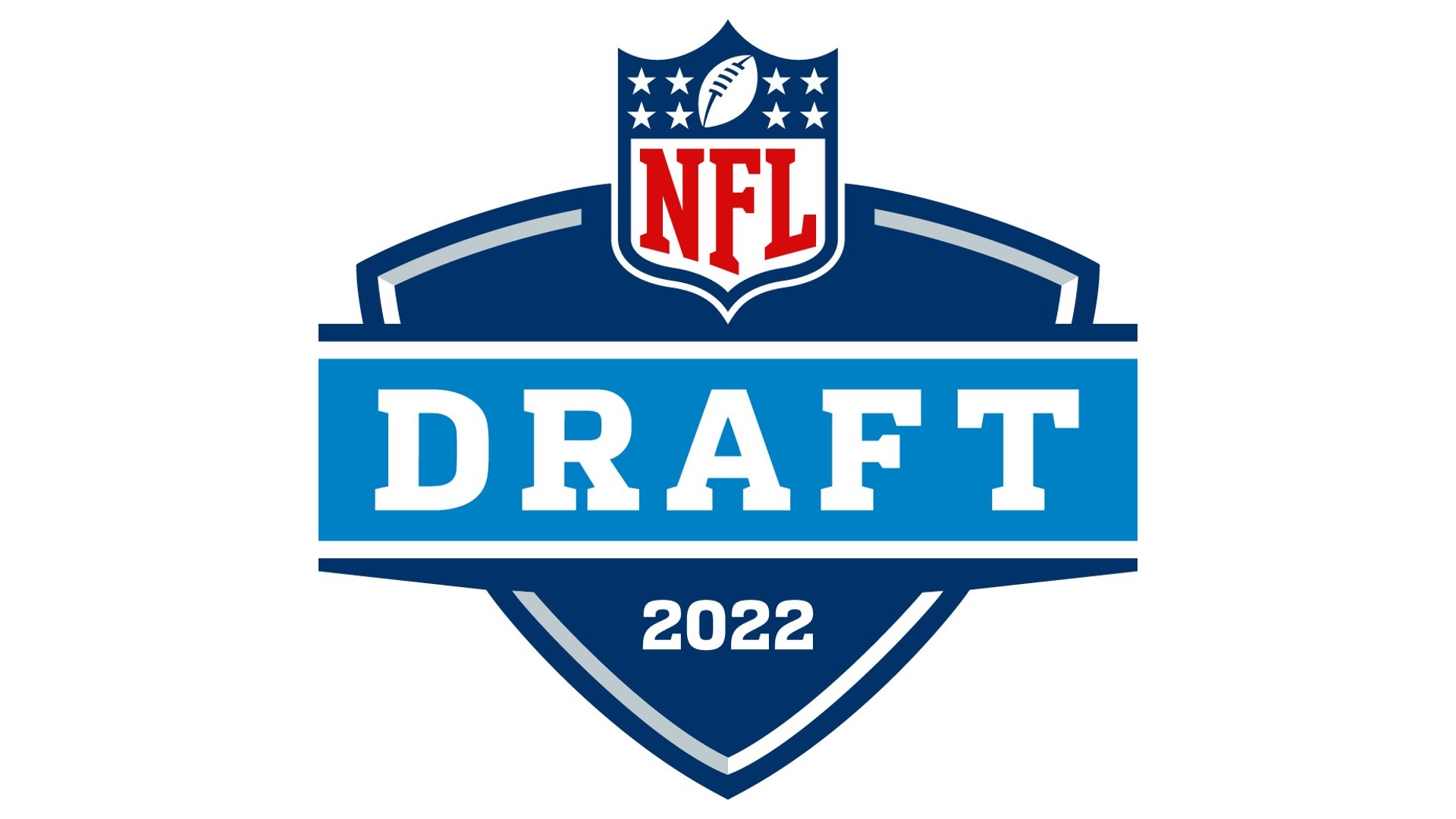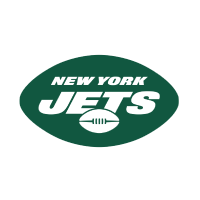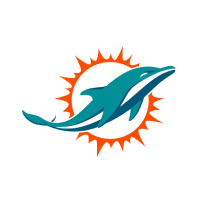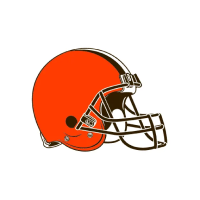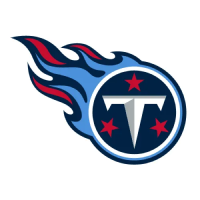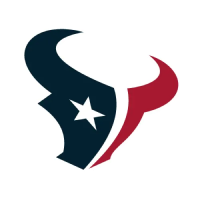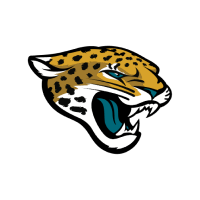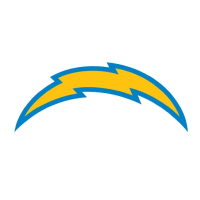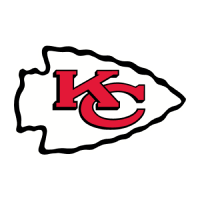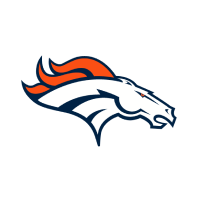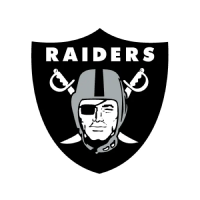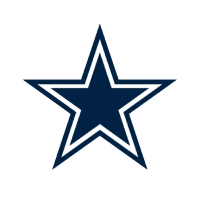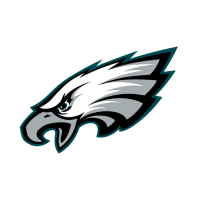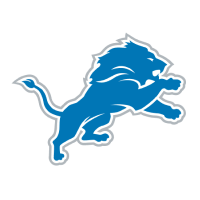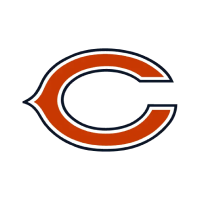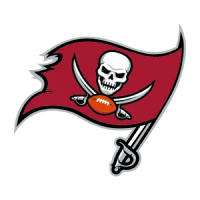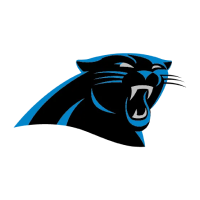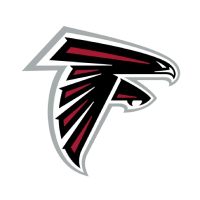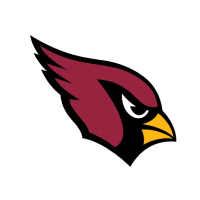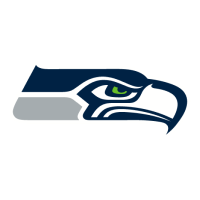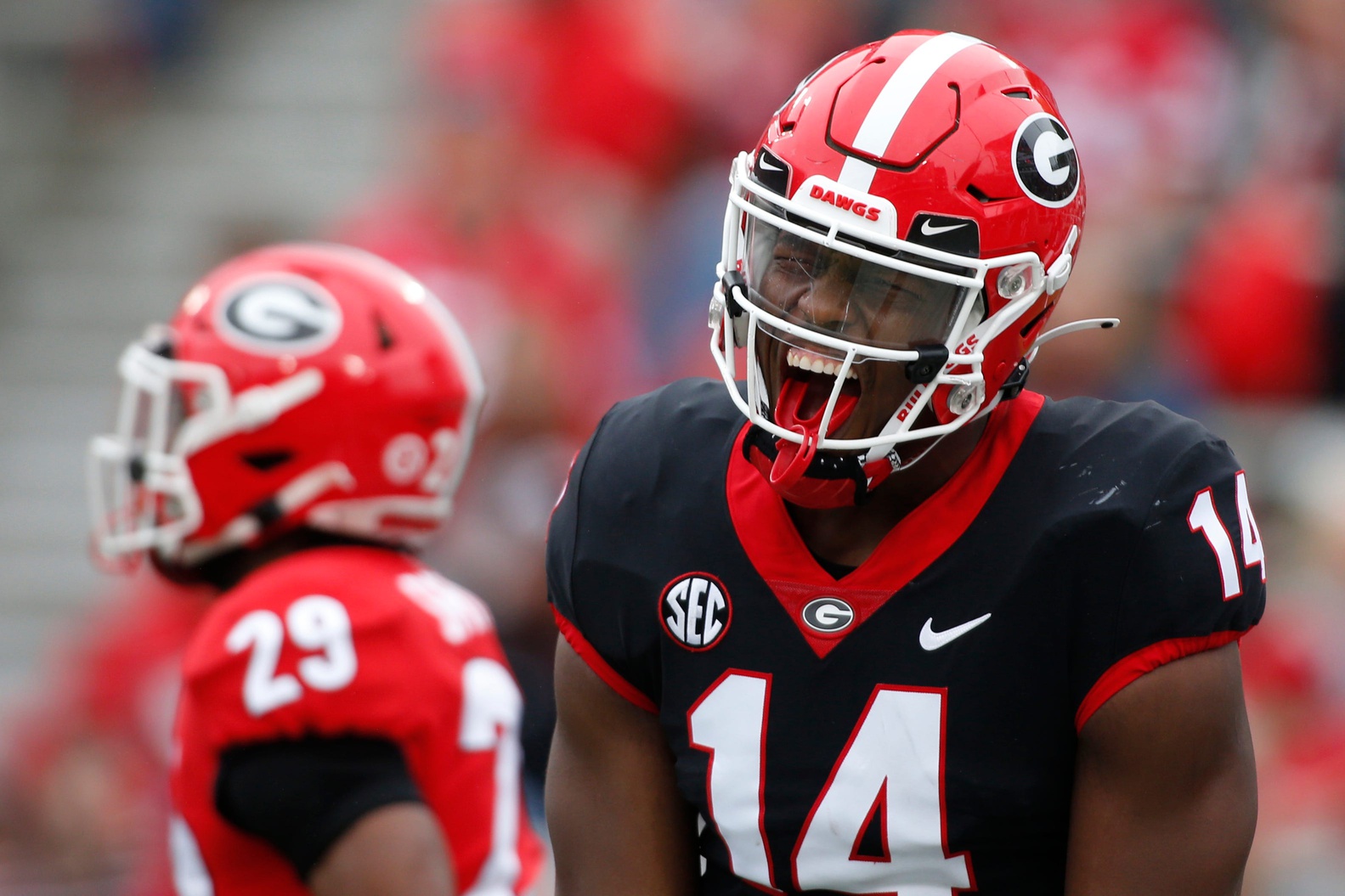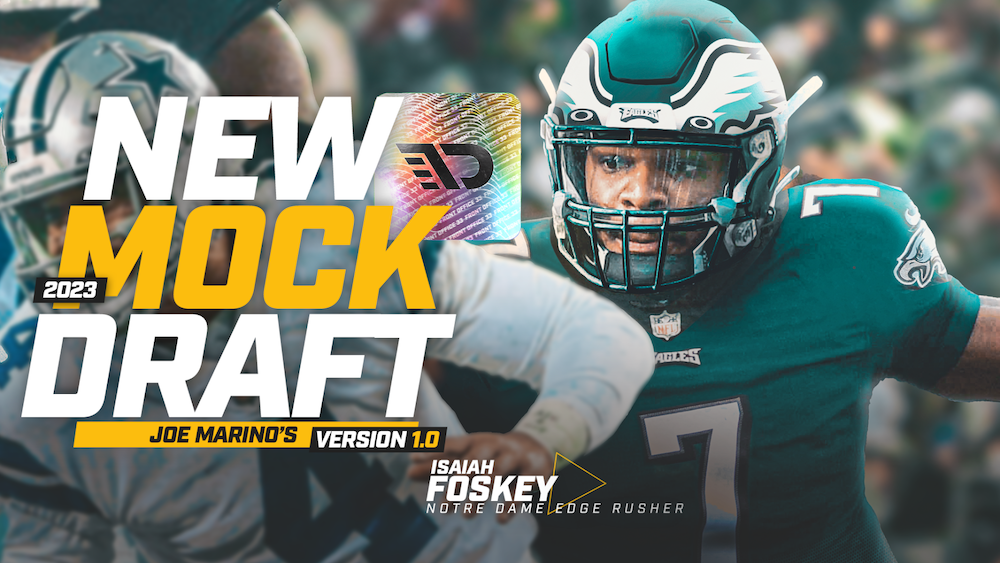PROSPECT SUMMARY – KYLE TRASK
A native of Manvel, Texas, Trask is a football lifer whose faith and love for the game have often been tested. Never starting a game during his high school career at Manvel High School, he was forced to play second fiddle behind Miami quarterback D’Eriq King. As a result, the interest in Trask remained minimal. Prior to his senior season, the only programs that showed any type of interest in him were Houston Baptist, Lamar, and McNeese State. July 24, 2015 changed his life forever as he attended a satellite camp at Florida where he was able to show off his talent against some of the top competition in the country. Playing well there, the Gators coaching staff took a huge leap of faith, but they didn’t have any problems with it because Trask was simply behind a highly effective player in King. Redshirting upon his arrival to Florida (2016), he returned in 2017, but he would suffer a broken right foot during training camp leading up to the season. As a redshirt sophomore (2018), he continued to serve as the backup. In that role, he saw action in four games before breaking his left foot—that sidelined him for the rest of the year. Staying the course, he never wavered as he was in a similar situation before during his high school career. The thought of transferring crossed his mind, but he never bought in. Paying off for him, the previous starter in Feleipe Franks (Arkansas) suffered a season-ending ankle injury at the opening of the 2019 season. Following that point, Trask would go on to permanently become the team's starter.
Trask is a stoutly-built QB prospect that’s a prime example of perseverance and patience. Not becoming a full-time starter until his redshirt junior season, he had to show maximum amounts of patience prior to getting his chance under center. Going on to have a prolific career, he became a supreme leader for the Gators. A decisive and quick operator, he’s a highly intelligent thrower that often attacks with a plan. He has thorough knowledge and smarts to attack all three levels of the field, as he’s experienced reads in many different manners. A “grip it and rip it” thrower of quick game concepts on the perimeter, he’s at his best when on schedule and able to take advantage of leverage throws. Trask’s biggest challenges come the further down the field and when forced to play outside of the normal structure of the offense. A slew-footed operator, he doesn’t have the athleticism necessary to consistently make off-script plays. An often-used option on designed QB runs, his big frame is an asset on runs during short conversion situations. Trask’s lower half may need to be reconstructed as it is the root of why most of his passes die in the deeper portions of the field. Similar to his surroundings in college, in order to reach/see his full potential, he will need to have an adequate play-caller, protection, and playmakers around him.
Ideal Role: Developmental QB that could lead to being an eventual lower-tier starter.
Scheme Fit: West Coast or Erhardt-Perkins offensive system—quick rhythm-based throws with periodic deep shots down the field.
FILM EVALUATION
Written by Jordan Reid
Games watched: Ole Miss (2020), Arkansas (2020), Texas A&M (2020), Georgia (2020), Alabama (2020), Oklahoma (2020)
Best Game Studied: Ole Miss (2020), Arkansas (2020), Alabama (2020)
Worst Game Studied: Oklahoma (2020)
Accuracy: Trask is an accurate passer that’s able to put the ball in the neighborhood of targets. In an offense that attacks each level of the field, he’s been able to display adequate accuracy in the short, intermediate, and deep areas of the field. A highly efficient quick-game passer, he’s decisive, which provided his receivers with run after the catch opportunities. More accurate in the short-to-intermediate areas, his ball placement can be a bit spotty the further passes are down the field. Trask is consistent with getting the ball out on time, but his ball placement can be a bit unpredictable as weapons have been forced to bail him out on occasions because his placement misfires down the field.
Decision Making: He's an overall decisive thrower who appeared to be fully in control with seeing and executing on many different types of reads. Trask is aware of where all his options are and even when in trouble, he has the wherewithal of knowing where his outlet throws are to RBs or last resort options to keep him out of harm’s way.
Poise: Overall, he’s shown the ability to overcome deficits and adversity. The biggest question marks came against Oklahoma, where he threw three first-half interceptions. Prior to that moment, he’s shown to have a short-term memory in terms of being able to move on from mistakes and focus on the next play.
Progressions: One of Trask’s top traits is eye discipline and his ability to eliminate options in his reads prior to moving to the next option(s). Hardly ever revealing his hand of where he wants to go with the ball, he’s consistent with leading defenders astray. Leading defenders to completely different areas of the field than where he wants to go with the ball, he’s well above average with looking off coverage. In an offense that incorporated a mixture of object, half, and full-field reads, Trask has a well-developed understanding of how to execute a variance of different types of reads and concepts. He also has experience from all pre-snap platforms (under center, shotgun, and pistol).
Release: Trask has a clean over the top release that allows him to get the ball out cleanly. Marrying up well with the mixture of concepts ran, he also is able to throw the ball with and without the laces, which has made a difference for him during routes that require him to get the ball out quickly.
Pocket Manipulation: An aware mover inside of the pocket, he has the awareness to feel pressure and also how to evade it. Trask also has a mature frame that helps him encounter hits, but also still deliver passes to intended targets. Trask has shown to be consistent with keeping his eyes down the field and still successfully getting the ball to wideouts no matter the levels of chaos around his body.
Arm Strength: Because of his lower-half deficiencies, Trask faces obstacles with his arm immediately matching what his eyes/mind diagnose. In the short-to-intermediate areas of the field, there isn’t much life or juice behind his throws. His ability to anticipate targets eventually coming open has helped mask some of his arm limitations, but during field throws or ones down the field, there’s a rainbow-like trajectory to them. A clear sign of average arm strength, field throws and vertical passes down the field have often turned into sinkers.
Mobility: Outside of the pocket, Trask has clunky feet that hinder him from being a consistent threat to defenses outside of structure. A frequent option on designed runs, Florida has used him on power read and counter concepts of where he can get downhill during short-yardage situations. A tough and hard-nosed runner, Trask can squeeze out the tough yardage ahead of him. His best flashes of mobility come within the pocket of where he can maneuver and find new windows to get the ball out of his hand.
Leadership: A well-respected player, Trask was forced to wait his turn to receive playing time. That time came unexpectedly when Feleipe Franks suffered a season-ending injury (2019). Following that point, teammates began to rally behind Trask after noticing his potential. Trask was respected because of his resiliency and willingness to stay the course. There were lots of opportunities for him to transfer and leave the program to play elsewhere, but he remained loyal to the Gators.
Mechanics: From the shotgun, Trask keeps a balanced base with his knees slightly bent, but he’s developed a bad habit of not consistently stepping into his throws. Sometimes performing throws the right way, there are times where he unnecessarily fades away from intended targets. Trask’s issues are contained in his inconsistent foundation and lower half. A lack of consistency in those areas causes many of his passes to loft or float uncontrollably.
Prospect Comparison: Nick Foles, (2012 NFL Draft, Philadelphia Eagles)
SCOUT GRADES
TDN Consensus: 73.63/100
Joe Marino: 74.00/100
Kyle Crabbs: 73.50/100
Jordan Reid: 72.00/100
Drae Harris: 75.00/100
Filed In
Related Articles
NFL Draft
Arik Gilbert Doesn’t Need Big Workload To Be A Top NFL Draft Pick
- Aug 22, 2022
NFL Draft
2023 NFL Mock Draft: Marino 1.0
- Aug 22, 2022
Written By
